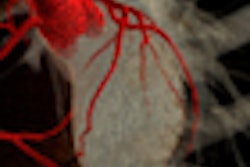Dear Digital X-Ray Insider,
We revisit the topic of digital radiography (DR)-based tomosynthesis this week with an Insider Exclusive story that covers some of the first clinical results in human subjects with the new technology.
Digital tomosynthesis pioneers at Duke University in Durham, NC, tested a prototype tomosynthesis system against a conventional DR unit to see which one was better at detecting clinically actionable lung nodules. As you may recall, tomosynthesis systems collect images from dozens of planes around a region of interest, potentially helping radiologists see around anatomical structures that might be obscuring pathology on projection DR images.
The Duke team found that tomosynthesis was indeed superior to conventional DR, with far higher sensitivity in detecting lung nodules. Get the details by clicking here for an article that Digital X-Ray Insiders are receiving before the rest of the AuntMinnie.com membership.
In other digital x-ray news, researchers from Spain have developed a software application that mines data in the DICOM header of computed radiography images as a means of analyzing retake rates. The QC tool enabled the hospital to figure out which types of CR studies are repeated the most often. Find out how the process works by clicking here.
If you have tips or ideas on topics you'd like to see covered in the Digital X-Ray Community, drop me a line at [email protected].



















